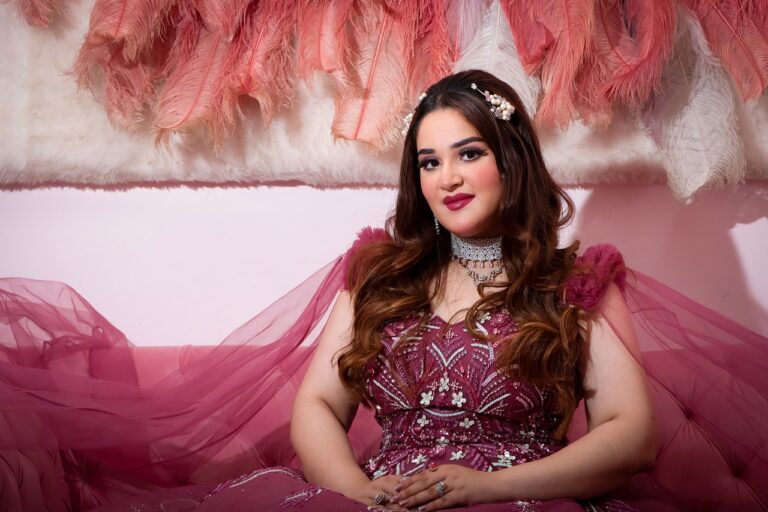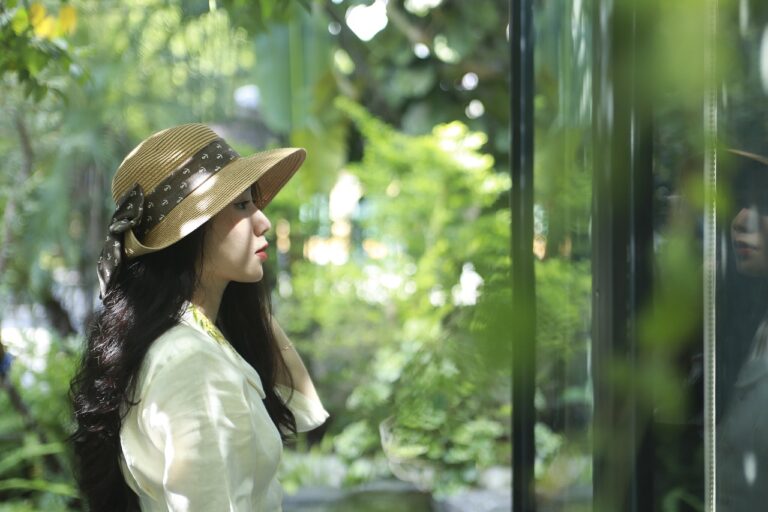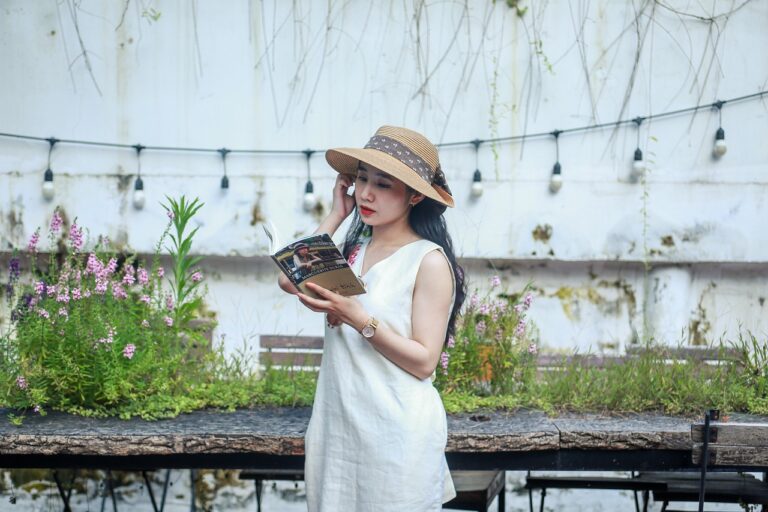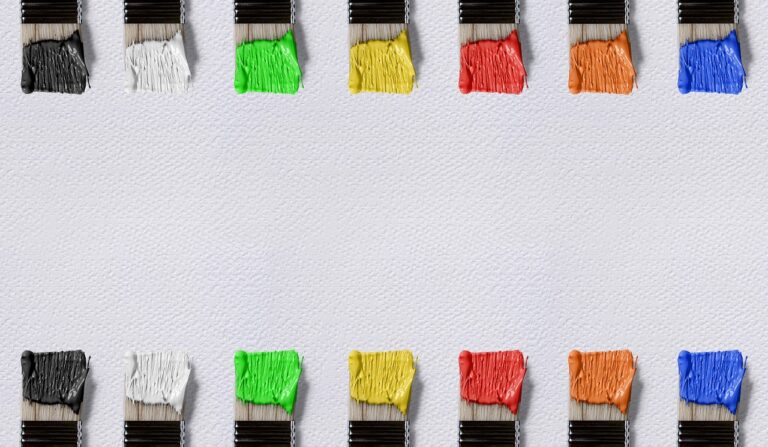The Influence of Art Deco on Fashion Design: Embracing Geometric Shapes and Bold Patterns
The origins of Art Deco in fashion design can be traced back to the early 20th century, arising as a response to the bold artistic movements of its time. With influences from Cubism, Fauvism, and other avant-garde styles, Art Deco emerged as a symbol of modernity and luxury.
Designers such as Paul Poiret and Jeanne Lanvin were pivotal in incorporating Art Deco elements into their creations, embracing geometric patterns, ornate embellishments, and exotic motifs. Their innovative approach to fashion revolutionized the industry, setting the stage for the widespread adoption of Art Deco aesthetics in clothing and accessories.
Art Deco Influence on Silhouettes
In the realm of fashion design, the Art Deco movement left an indelible mark on silhouettes. This design aesthetic emerged in the 1920s and 1930s, characterized by its sleek, streamlined shapes and geometric patterns. Silhouettes during this period became more defined and angular, reflecting the influence of Art Deco’s emphasis on modernity and sophistication. The once loose and flowy silhouettes of the previous era gave way to structured and tailored garments that accentuated the body in a bold yet elegant manner.
The Art Deco influence on silhouettes extended beyond just the clothing itself. Accessories and hairstyles also embraced the geometric and symmetrical elements synonymous with the Art Deco style. Women’s hairstyles became shorter and sleeker, echoing the clean lines and sharp angles found in Art Deco architecture and design. This shift in silhouettes not only transformed the way individuals dressed but also acted as a visual representation of the changing social norms and values of the time.
Geometric Shapes in Art Deco Fashion
Focusing on clean lines and bold shapes, Art Deco fashion showcases the integration of geometric elements into clothing designs. Common geometric shapes seen in Art Deco fashion include triangles, circles, squares, and chevron patterns. These shapes are often repeated in symmetrical arrangements, creating visually striking and modern looks.
Geometric shapes in Art Deco fashion are not only limited to patterns, but they also influence the structure of garments. Dresses, skirts, and jackets feature angular and geometrically inspired silhouettes, emphasizing sharp lines and defined edges. The incorporation of these geometric shapes adds a sense of sophistication and artistry to the overall aesthetic of Art Deco fashion.
What is Art Deco?
Art Deco is a style of visual arts, architecture, and design that first appeared in France in the 1920s. It is characterized by its bold geometric shapes, bright colors, and luxurious materials.
How did Art Deco influence fashion design?
Art Deco had a significant influence on fashion design, with designers incorporating geometric shapes, sleek lines, and intricate patterns into their creations.
What are some examples of geometric shapes in Art Deco fashion?
Some common geometric shapes seen in Art Deco fashion include triangles, circles, squares, and diamonds. These shapes are often used in patterns, prints, and embellishments on clothing and accessories.
How can I incorporate Art Deco elements into my wardrobe?
To incorporate Art Deco elements into your wardrobe, look for clothing and accessories with geometric patterns, bold colors, and sleek silhouettes. You can also add Art Deco-inspired jewelry, such as statement earrings or geometric necklaces, to complete your look.







